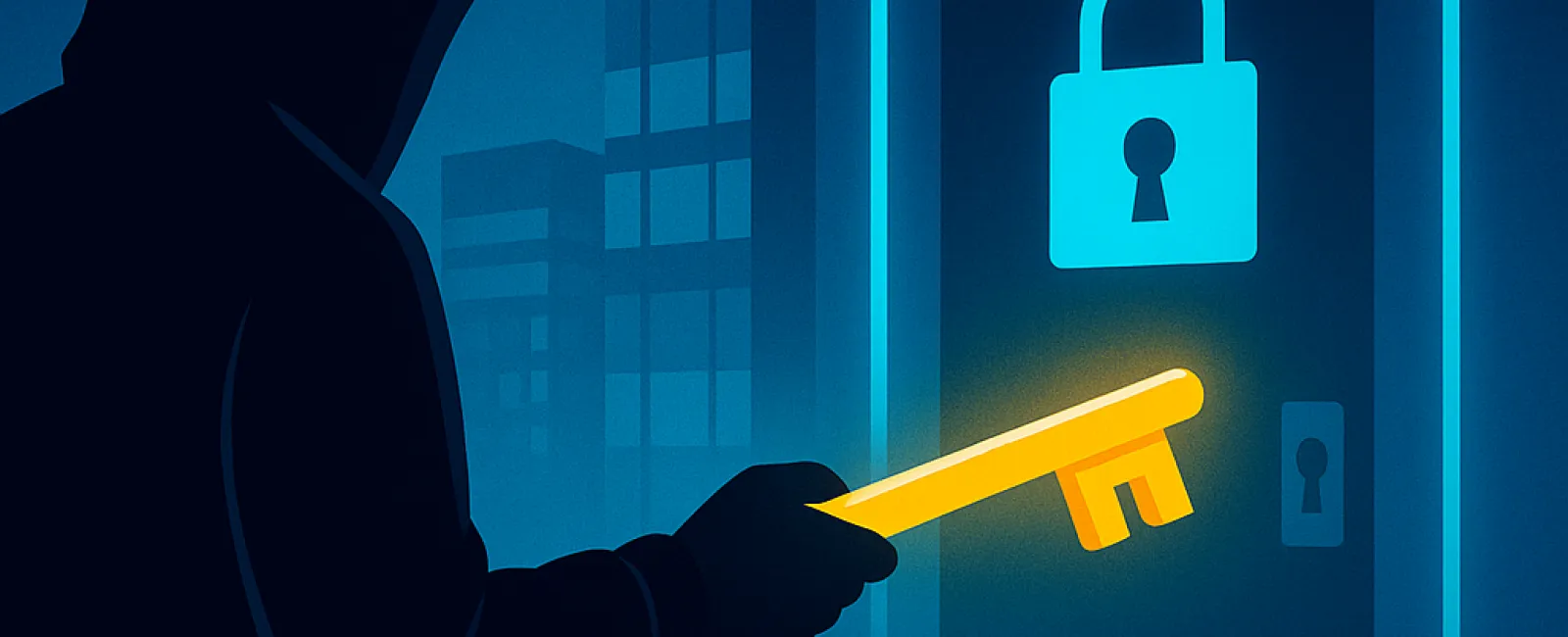August 04, 2025
Cybercriminals are evolving their tactics to target small businesses more effectively. Instead of forcefully breaking in, they gain access quietly by stealing your login credentials — the digital keys to your business.
This method, known as an identity-based attack, has surged to become the leading way hackers infiltrate systems. They exploit stolen passwords, deceive employees with sophisticated phishing emails, or bombard users with login prompts until someone inadvertently grants access. Sadly, these strategies are proving alarmingly successful.
Recent reports show that 67% of major security breaches in 2024 stemmed from compromised login details. High-profile companies like MGM and Caesars suffered such attacks the year prior — proving that no business is immune, including small and medium-sized enterprises.
How Do Hackers Gain Entry?
Many attacks begin with a simple stolen password, but hackers now use more advanced techniques:
- Deceptive emails and counterfeit login pages that trick employees into revealing credentials.
- SIM swapping to intercept text messages containing two-factor authentication (2FA) codes.
- MFA fatigue attacks that overwhelm users with numerous login requests until someone mistakenly approves access.
They also target personal devices of employees and third-party vendors like help desks or call centers to find vulnerabilities.
Effective Strategies to Safeguard Your Business
The good news? Protecting your company doesn't require being a cybersecurity expert. Implementing just a few key measures can significantly enhance your defense:
1. Enable Multifactor Authentication (MFA)
Add an extra layer of security during login. Opt for app-based or hardware security key MFA methods, which are far more secure than SMS-based codes.
2. Educate Your Team
Your employees are your first line of defense. Train them to recognize phishing attempts, suspicious emails, and unusual login requests — and ensure they know how to report potential threats.
3. Restrict Access
Limit employee permissions strictly to what's necessary for their roles. This containment strategy minimizes damage if an account is compromised.
4. Use Strong Passwords or Embrace Passwordless Solutions
Encourage the use of password managers or advanced authentication methods like biometric logins or security keys that eliminate reliance on passwords.
The Bottom Line
Hackers relentlessly pursue your login credentials and constantly refine their methods. Staying protected means staying proactive — and you don't have to face these threats alone.
We're here to help you implement the right security measures that keep your business safe without complicating your team's workflow.
Wondering if your business is at risk? Let's talk. Click here or give us a call at 907-865-3100 to book your Discovery Call.




